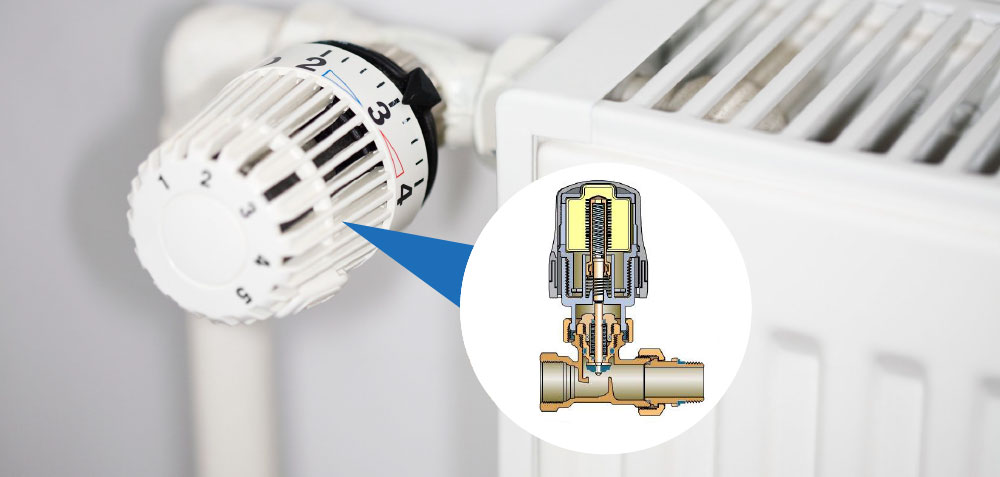This paper expounds the characteristics and principles of driver controller of type 3 EMU, points out its structural defects, and puts forward optimization suggestions. Driver controller is the main control device used by drivers to control locomotive operation. It can realize locomotive traction, braking, speed regulation, commutation and other functions. It is frequently used in the process of driving and plays a vital role. According to the different requirements of traction performance, braking performance, installation space and so on, the shape size and operation method of driver controller are also different. This paper briefly introduces the composition, mechanical interlocking, technical parameters, common faults, product defects and improvement suggestions of driver controller of type 3 vehicle. The working principle of the driver controller is to drive the camshaft to rotate at a certain angle by rotating the operating handle, and then to turn on or off several quick-acting switches to form the output of closed logic relationship. At the same time, the digital encoder outputs the corresponding digital signal along with the rotation angle of the controller.
The driver’s controller is composed of the following components: the traction power controller (referred to as the traction handle) operates manually through the control rod. The control rod can be deflected in the range of 85 degrees. From front to back, there are four positions of Pmax position, PO position, EN position, 0 position and traction area. The traction handles are positioned at the above positions and are poleless in the traction area. The control rod of the speed setting controller (referred to as the speed setting handle) can deflect continuously in the range of 85 degrees. The handle can be released at any position, and the handle can be stationary in the current position. Direction switch controller (hereinafter referred to as directional switch) is located in the upper right corner of driver’s controller. There are three gears, namely “forward”, “zero-bit”, “reverse”, “horizontal” and “forward” by turning 45 degrees clockwise from zero to 45 degrees clockwise, and “reverse” by turning 45 degrees clockwise from zero to counter-clockwise. There are four encoders B1, B2, B3 and B4 on the driver controller, of which B1 and B2 are encoders for traction handle and B3 and B4 are encoders for speed setting handle.
Encoder codes use Gray codes, which are single-step codes, that is, when converted from one level to another, only one digit changes. The transition of traction handle from EN position to traction area is blocked by mechanical means. Press the handle to release the locking state. Conversely, when the traction area is changed back to EN position, there is no mechanical locking, that is, no need to press the handle head when turning back. The handle head of the speed setting handle can be pushed forward only after it rotates counter-clockwise, while pulling backward is not necessary. If the handle is loosened, the handle head can return to its original position clockwise. Rated voltage (Ue): DC 110V; agreed heating current (Ith): DC 10A; rated current (Ie): DC 1.0 A; electrical life: > 1*106; mechanical life: > 1*107; protection level: IP40 (contact element part). Model: OEC 2 2-5-4; OEC2 2-5-5; Power supply voltage: DC 24V (DC 18V-DC 30V); Encoding format: 9-bit Gray code; Range: 512 steps.
The imported products are used in the driver’s controllers of V-type vehicles. After long-term use, the tightening screw of the head of the traction handle is prone to loosening and scratching problems. If the problem of loosening occurs, the traction handle head can not be pressed properly, the traction handle can not be propelled properly, and the traction force can not be exerted normally. In order to avoid this kind of problem, the method of adding thread fastener to M3 fastening screw of traction handle head is adopted. The problem of slip-buckle is also caused by the increase of thread fastening glue. Once the screw slips, the traction handle head can not be dismantled.

This will affect the dismantling of the large panel of the cab console, the noodles can not be dismantled, and the maintenance of the operating electrical appliances in the driver’s platform will be very difficult. If the M3 fastening screw can not be disassembled, thermostatic element the traction handle can only be destroyed, and the maintenance cost will be greatly increased. This defect is a difficult problem to be solved urgently at present for driver controller of type 3 vehicle. In order to solve this problem, the following contents should be taken into consideration: the parts related to the structure of the traction handle head should be reformed, and other structural units should not be involved, so as to avoid the increase of maintenance cost; the operation method of the traction handle after the transformation must be the same as the original product, and the driver’s operating habits should not be changed. The optimized traction handle head must achieve the following expected results before it can be considered as a success of optimization: the optimized handle head can rotate freely in the circumference without stuck and falling during rotation; the optimized handle head can be automatically reset by pressing it up and down (i.e. alert function); and the optimized handle head can move forward according to relevant requirements. Repeated disassembly was carried out without any damage to the improved parts. The stability of driver’s controller directly affects the safety and reliability of EMU. Because of the high cost of imported products, the treatment of faults and structural defects is inconvenient, and maintenance is difficult. At present, with the railway industry to open up the market project, gradually introducing domestic components. At the same time of localization, the structural defects of this product need to be replaced by a new type of structure. At the same time, domestic driver controllers are also facing challenges. It is necessary to overcome technical difficulties in order to ensure more stable and reliable operation of EMUs.
